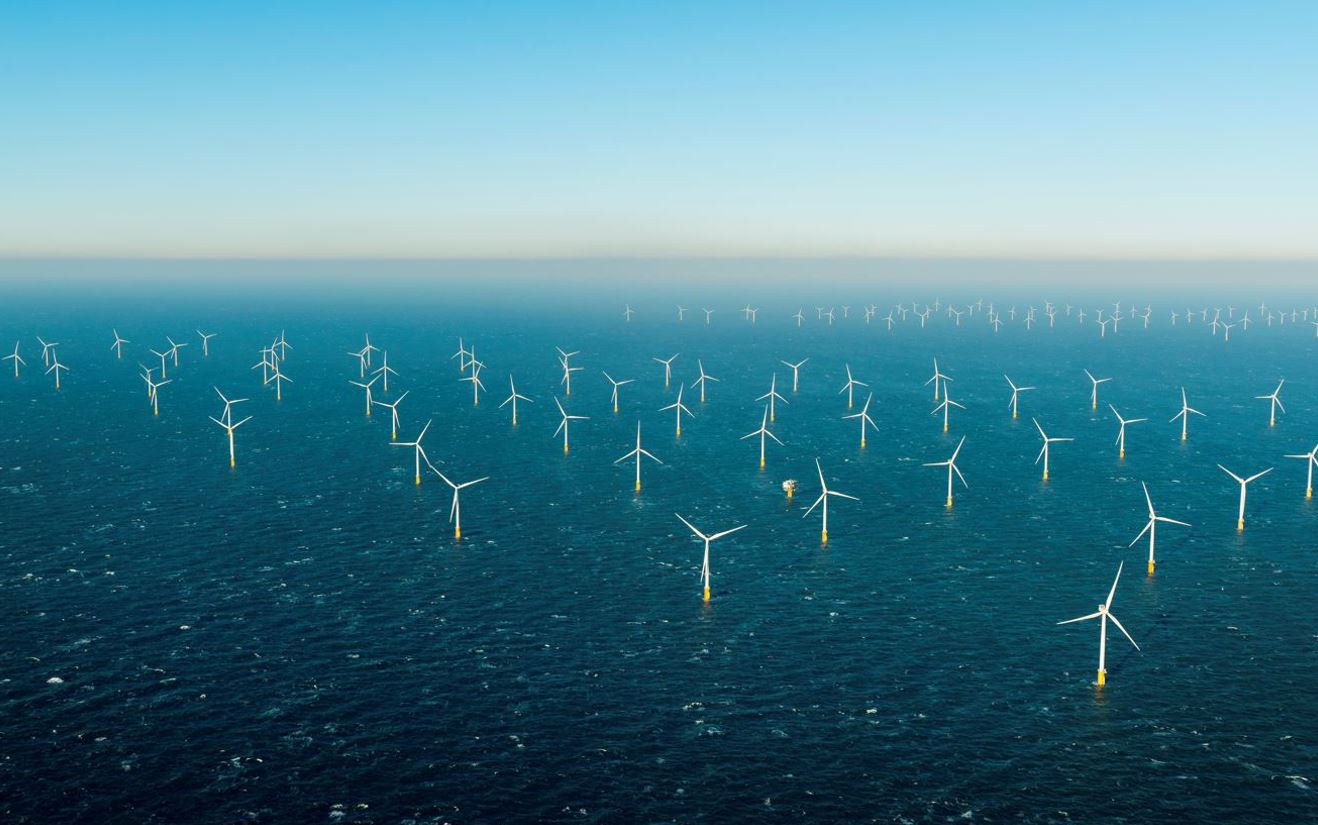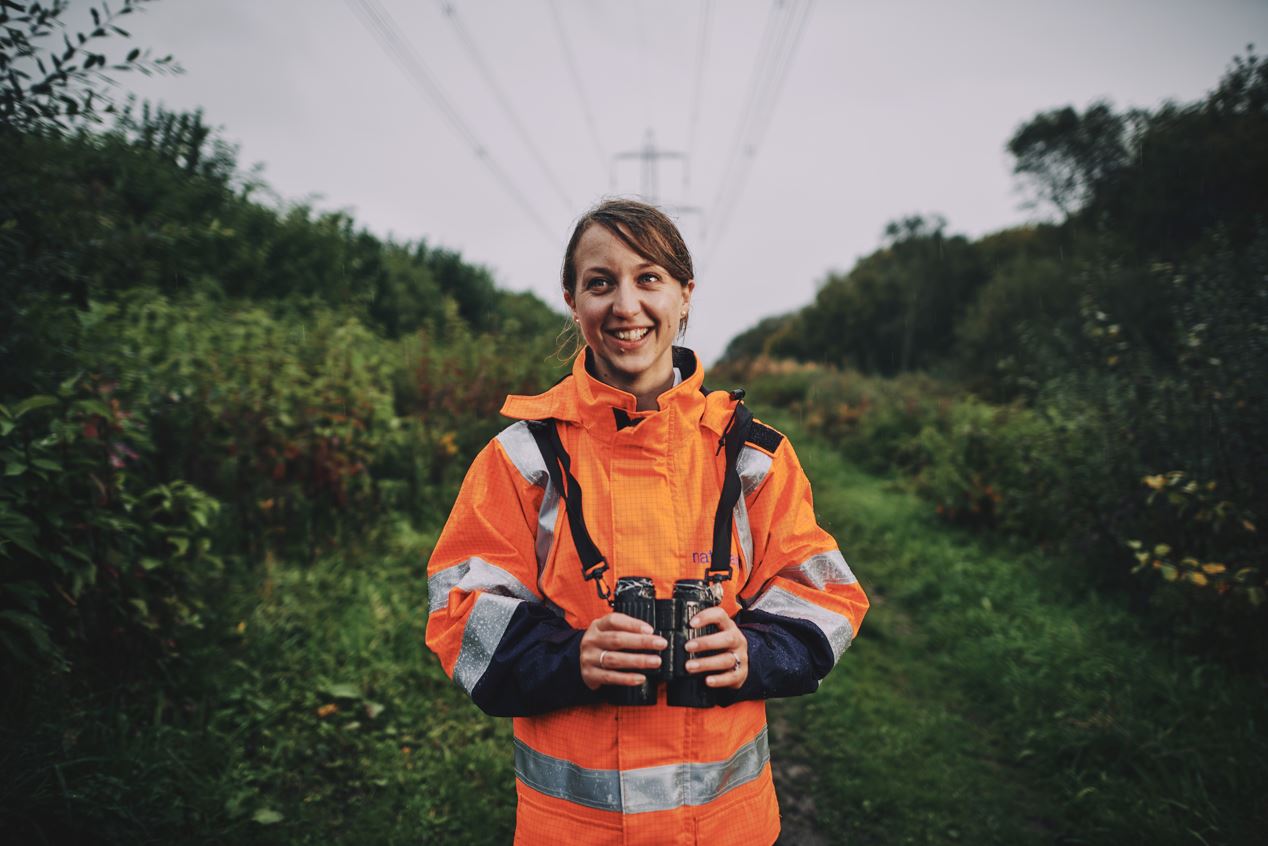
The way we generate electricity in the UK is changing rapidly, and we are transitioning to more secure, cheaper, and cleaner forms of energy like new offshore windfarms.
The UK Government has set out a commitment to achieve net zero emissions by 2050. This means achieving a balance between the greenhouse gases put into the atmosphere and those taken out. The energy industry plays a key part in this transition, from developing renewable energy generation, to upgrading the existing electricity transmission network to allow communities across the country to benefit from this clean energy.
Sea Link will play an important part in allowing the UK to decarbonise its energy system in a meaningful way that will not only support net zero energy targets, but perhaps more urgently, deliver a more secure and resilient energy system.
To deliver Sea Link, we would need to install a new 2 gigawatt (GW) high voltage direct current (HVDC) cable link between Suffolk and Kent, approximately 145 kilometres (km) long and predominantly offshore.
Sea Link is one of several projects that forms part of The Great Grid Upgrade, the largest overhaul of the grid in generations.
Joint statement from North Falls and Five Estuaries Offshore Wind Farms and National Grid: Projects welcome funding to enable opportunity to explore coordination feasibilityNational Grid Electricity Transmission (Sea Link), North Falls (Offshore Wind Farm) and Five Estuaries (Offshore Wind Farm) have been working together to explore the potential for offshore coordination as part of the Offshore Transmission Network Review (OTNR) “Early Opportunities” workstream. The projects acting together in a consortium led by North Falls welcome the decision from the Department of Energy Security and Net Zero (DESNZ) to provide grant funding through the Offshore Coordination Support Scheme (“OCSS”). The aim of the scheme is to develop and explore the feasibility of coordinated options for offshore transmission infrastructure. The consortium applied for OCSS grant funding in February 2023. Following the grant announcement, the consortium will now undertake a series of studies and assessments to determine the feasibility, challenges and solutions to enable a co-ordinated offshore connection. This work will consider the economics, engineering & regulatory challenges, logistics and programme delivery aspects. The first step will be a high-level feasibility study which is expected in 2024. All three participating projects are delighted to have been awarded the grant funding. This support enables the projects to consider an alternative coordinated connection whilst, in parallel, continuing to progress existing radial proposals to ensure no delay in building the much-needed infrastructure to support the UK’s net zero targets (should the offshore coordination be determined as not deliverable). As beneficiaries of the grant, we will be required to share key learnings on how a coordinated offshore transmission approach could work. The consortium strongly support the Government’s ambition to make the UK the world leader in offshore wind. The delivery of the UK Government’s ambition of 50GW of offshore wind by 2030 will create green skilled jobs, strengthen UK security of supply, provide clean renewable power to fight climate change and help to reduce energy bills for British consumers. 5 December 2023 |

Contact us
Please get in touch if you have any questions or comments about Sea Link by emailing [email protected] or calling us on 0808 134 9569.
You can also write to us at Freepost SEA LINK, please note no stamp or further address details are required.





